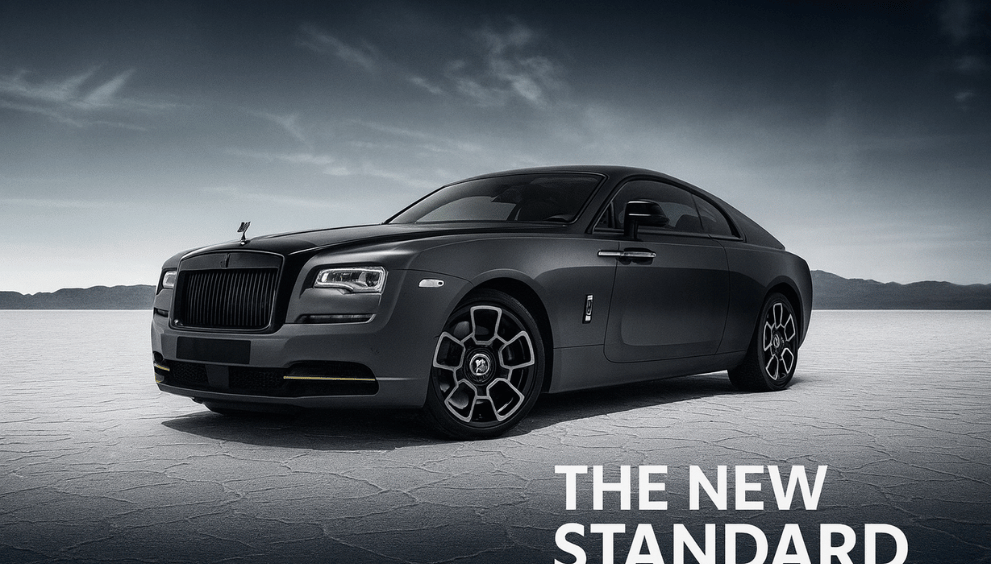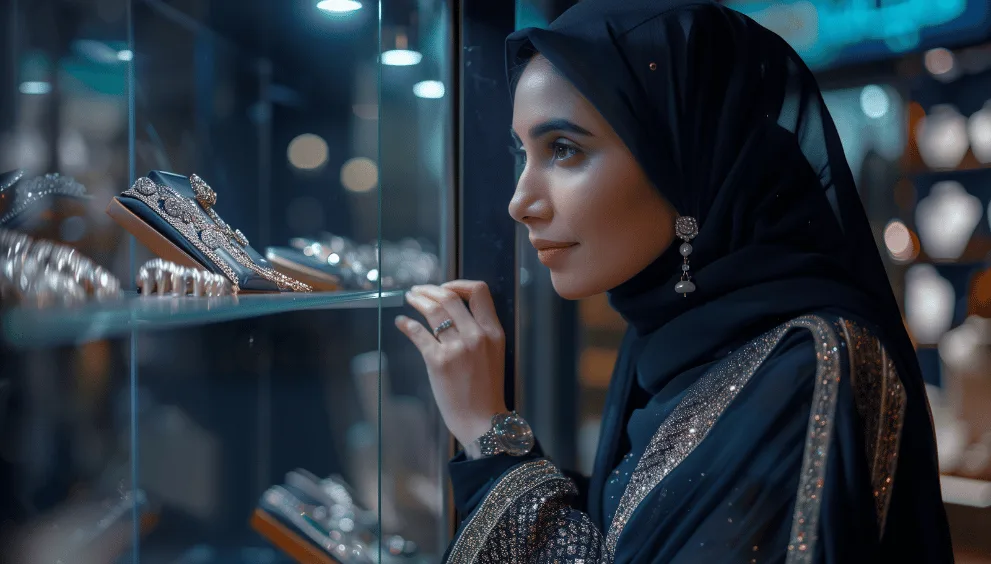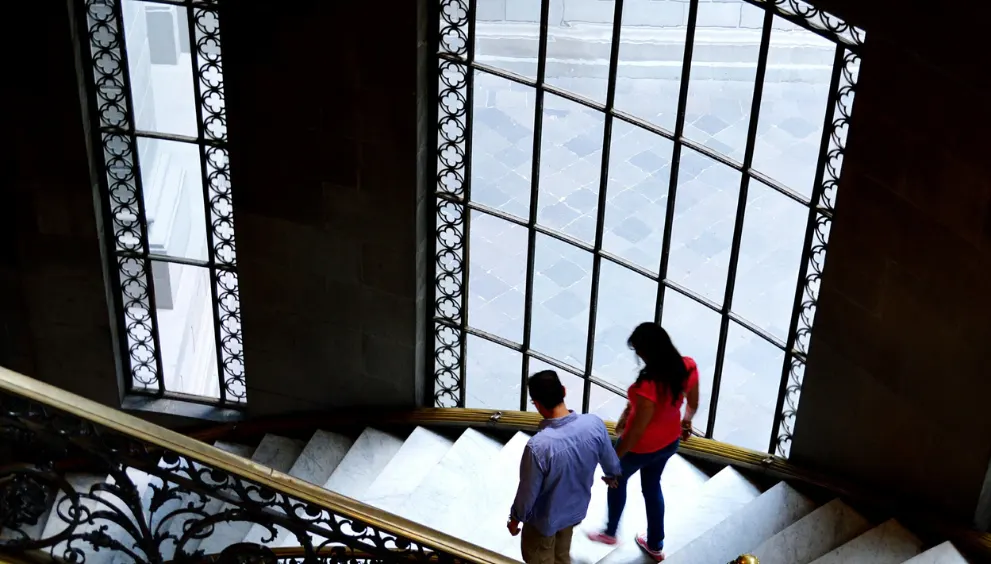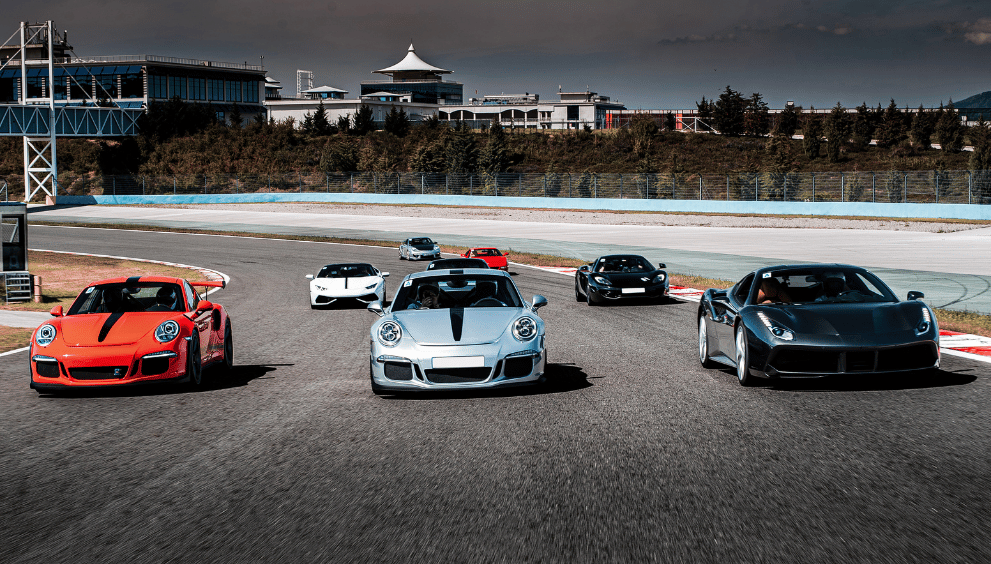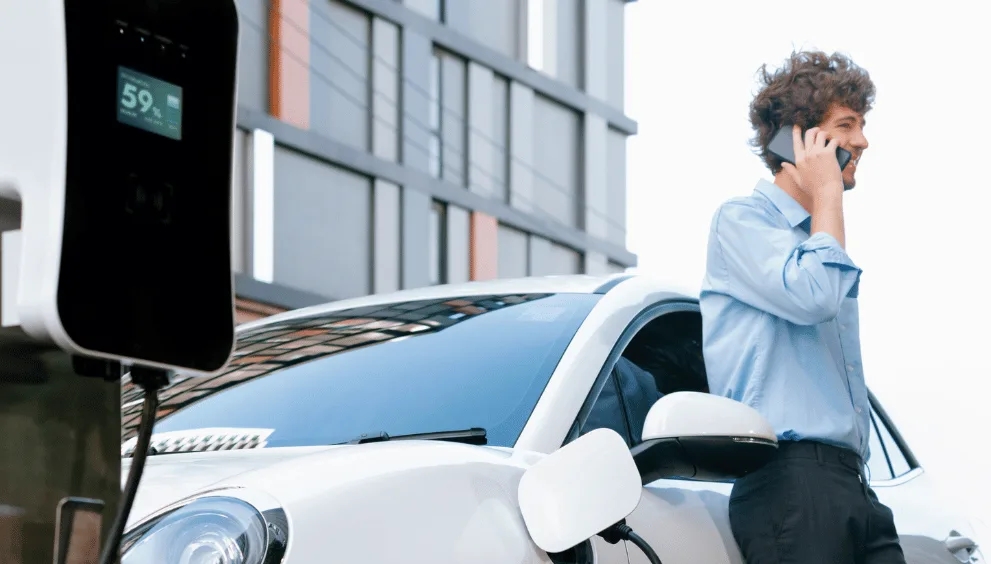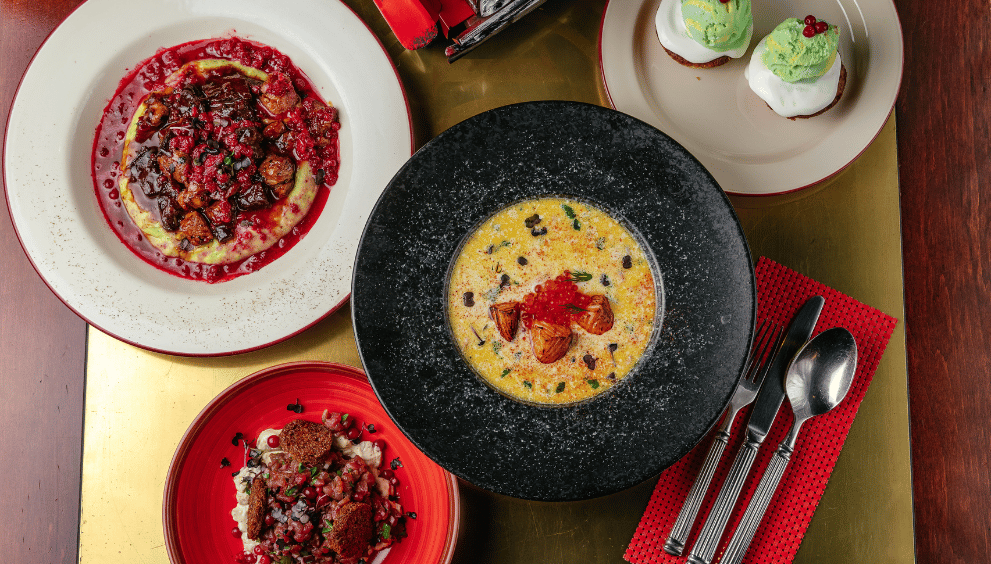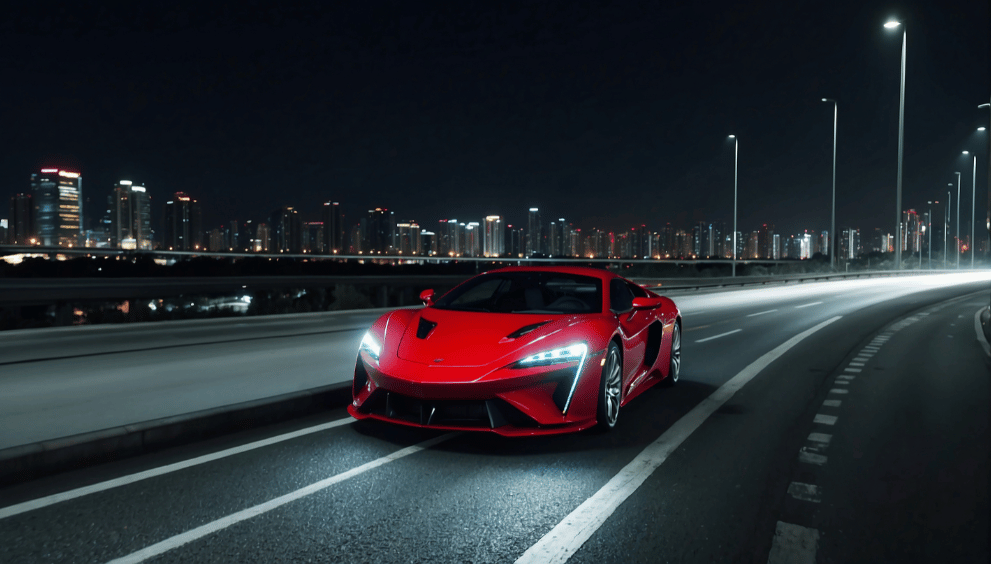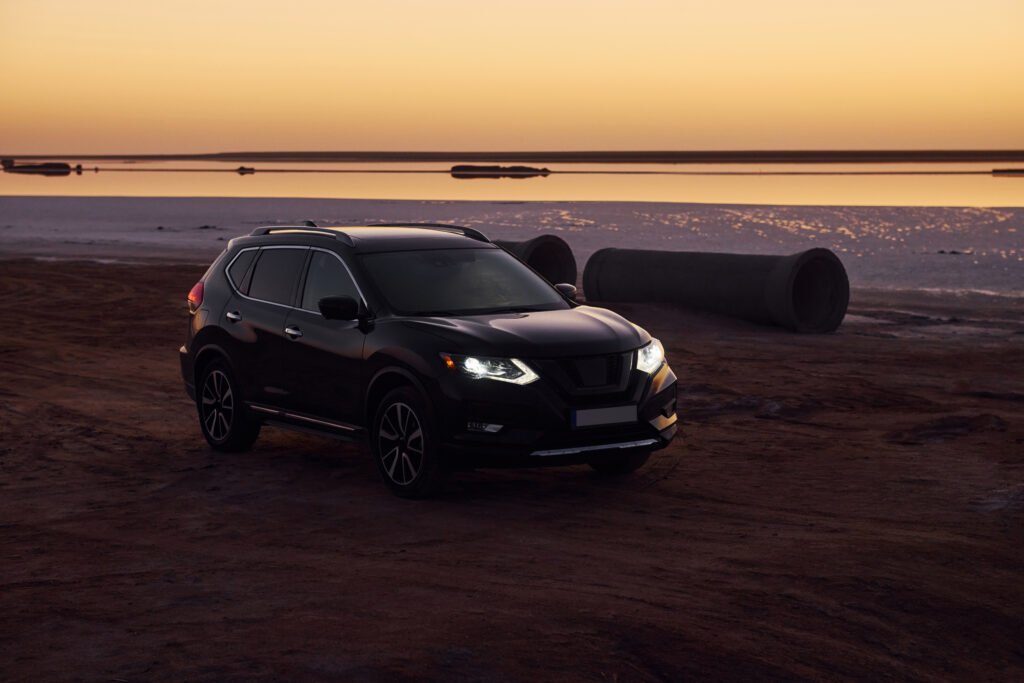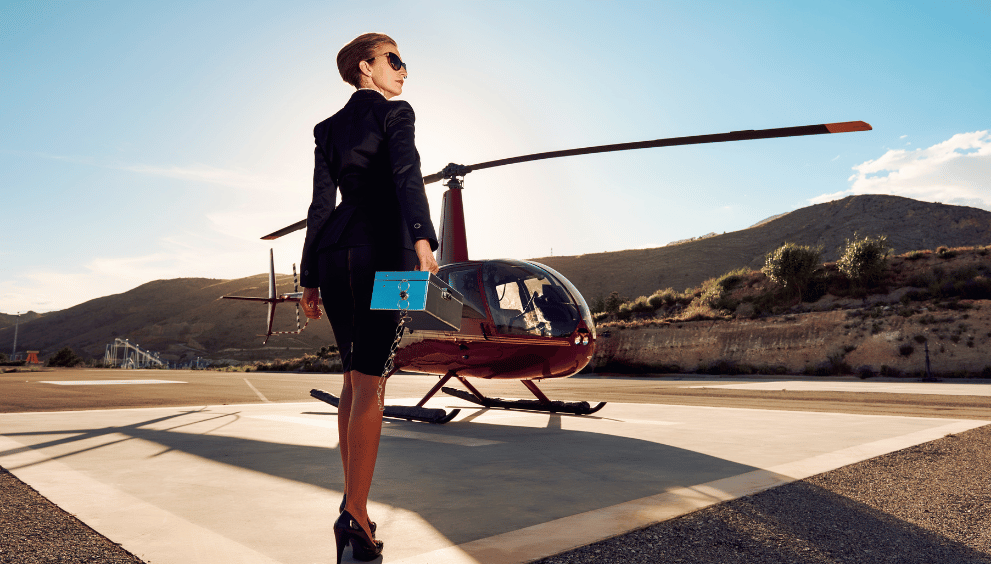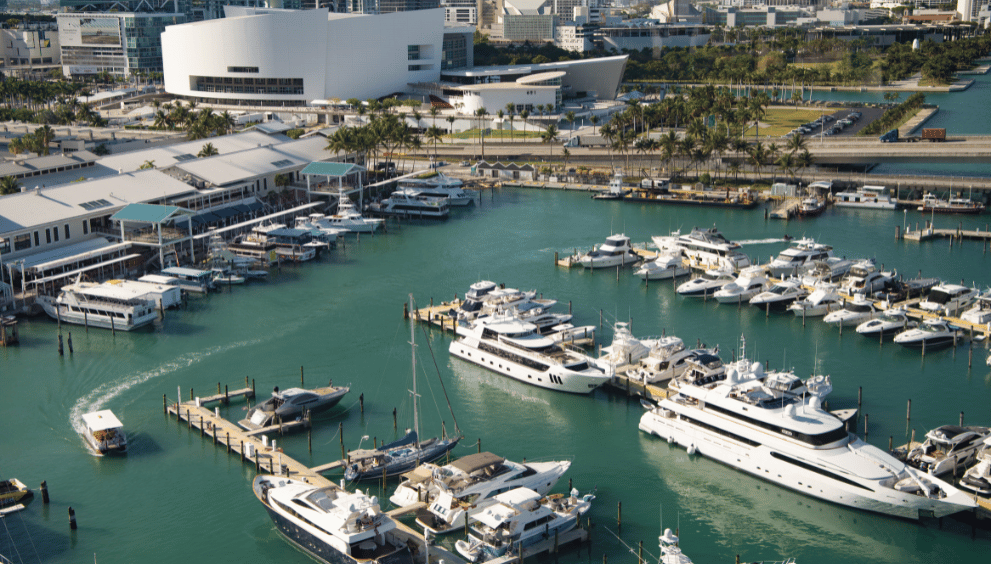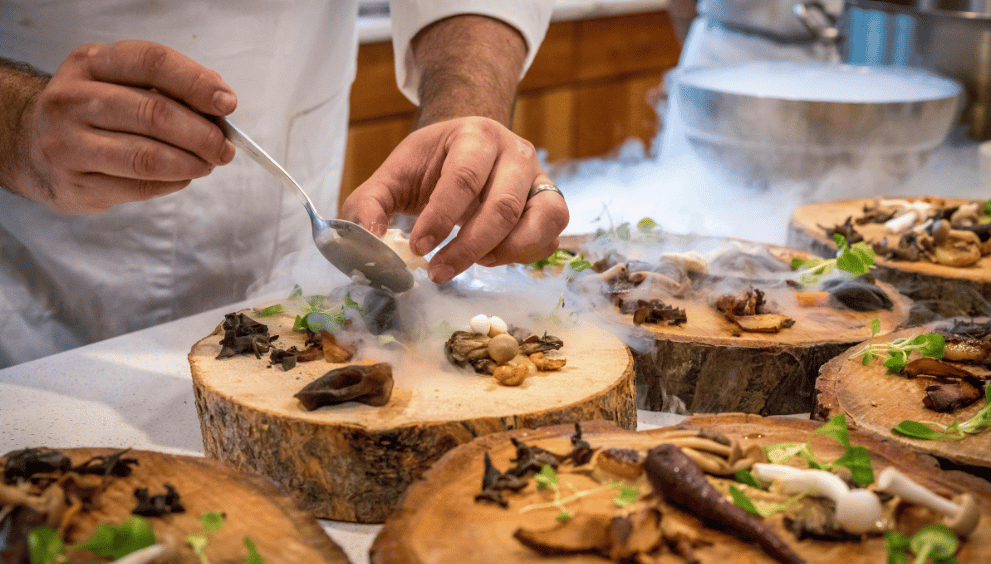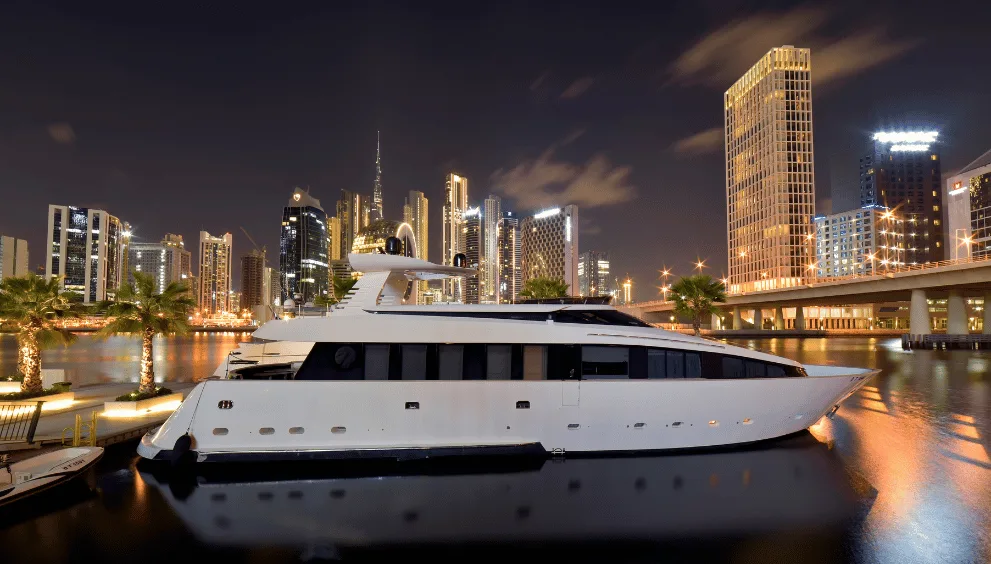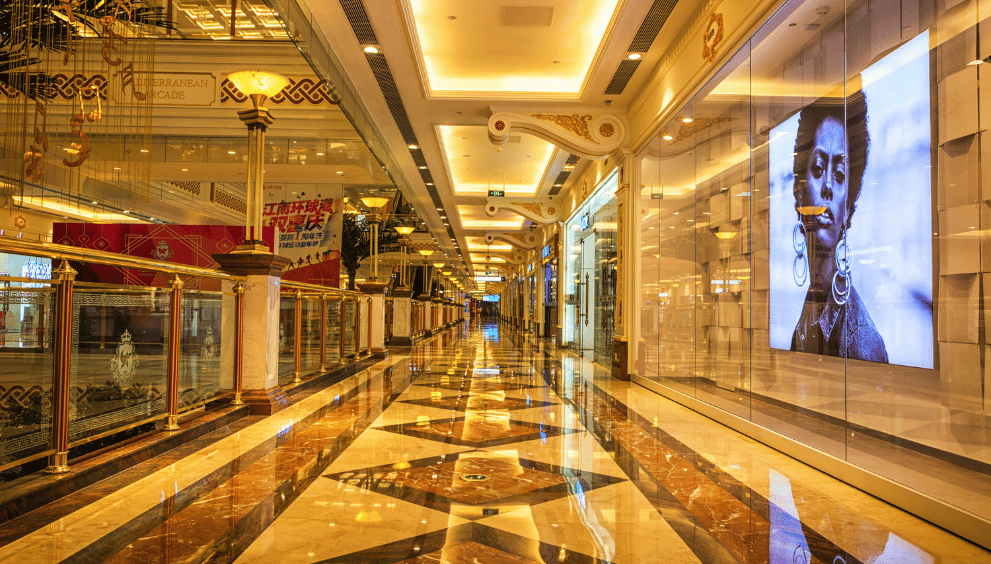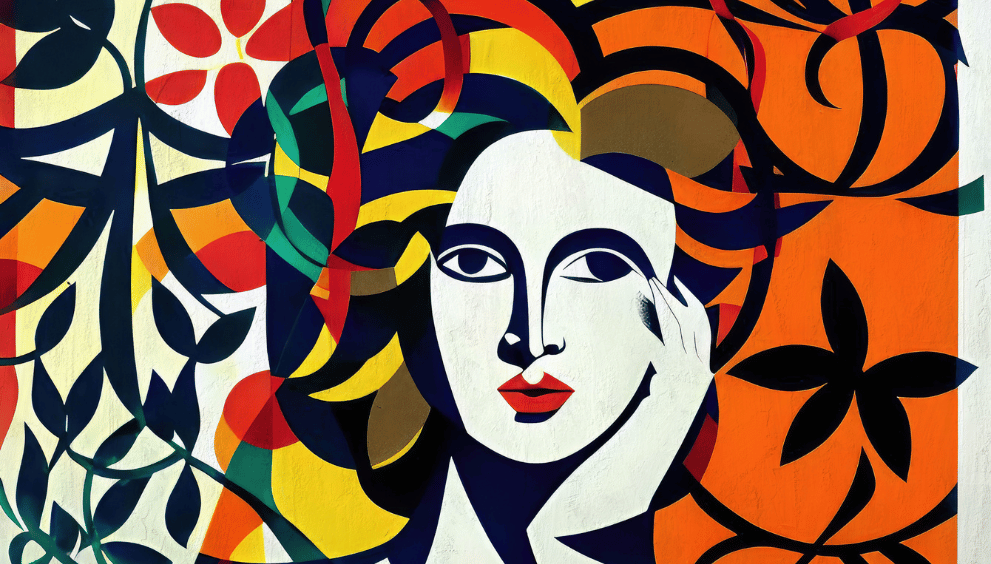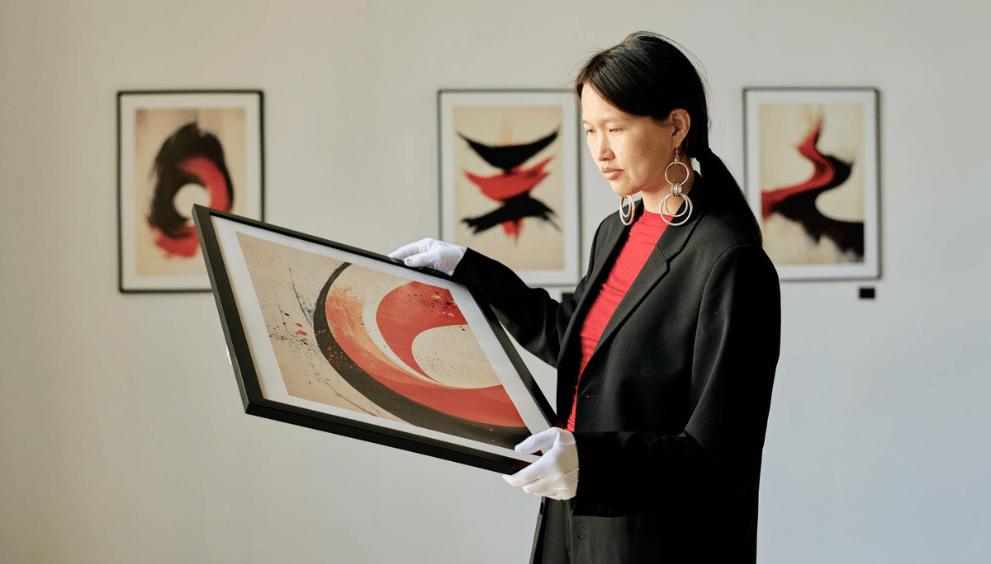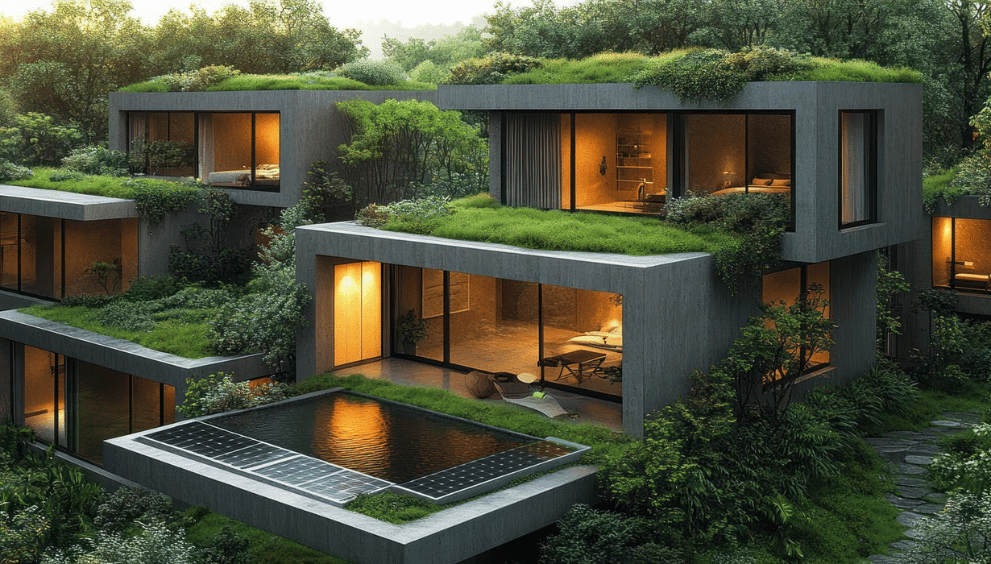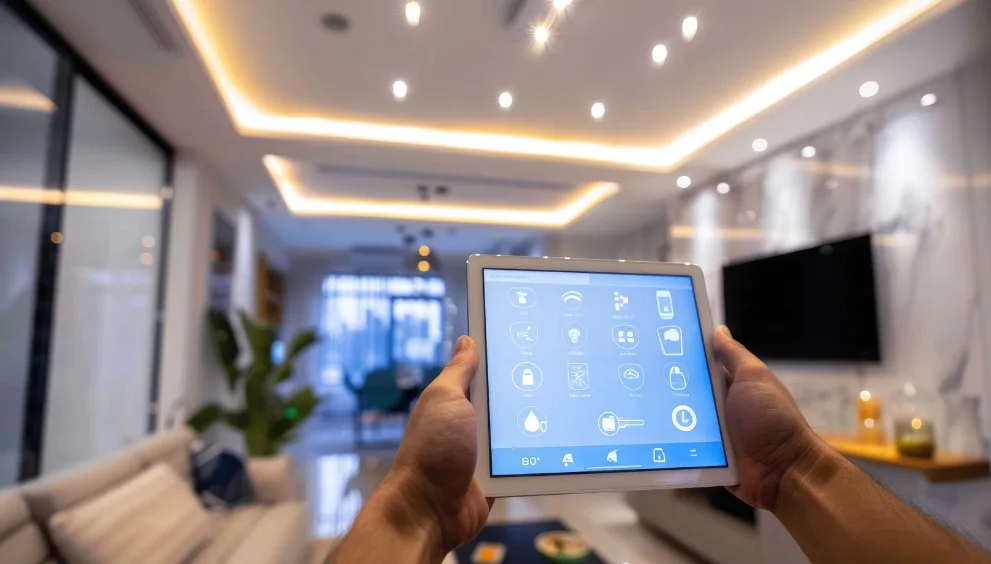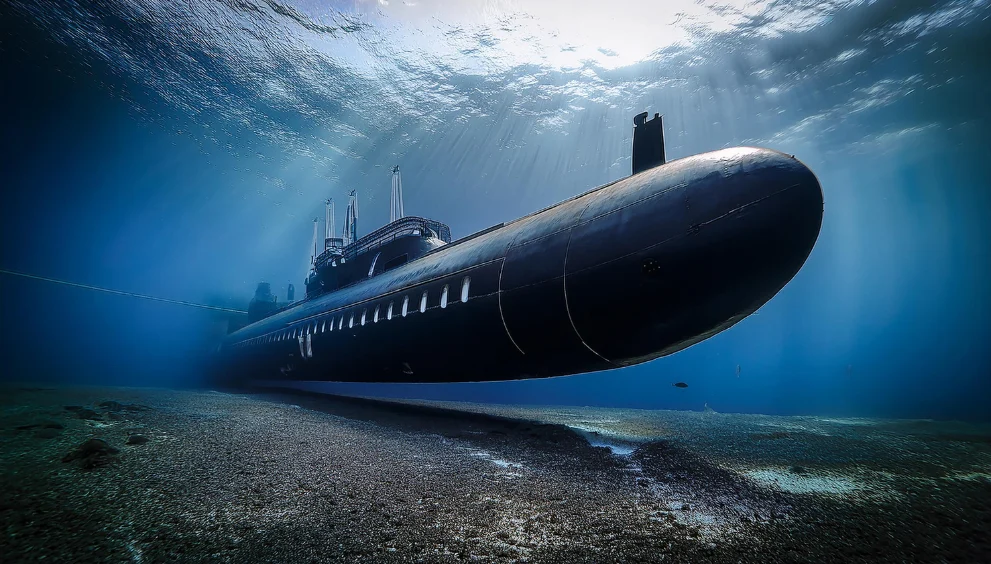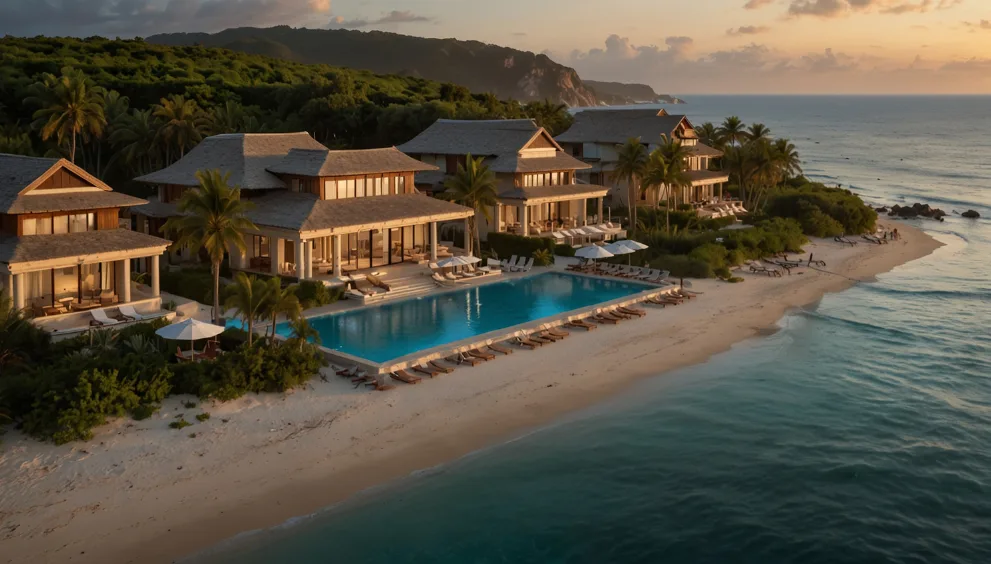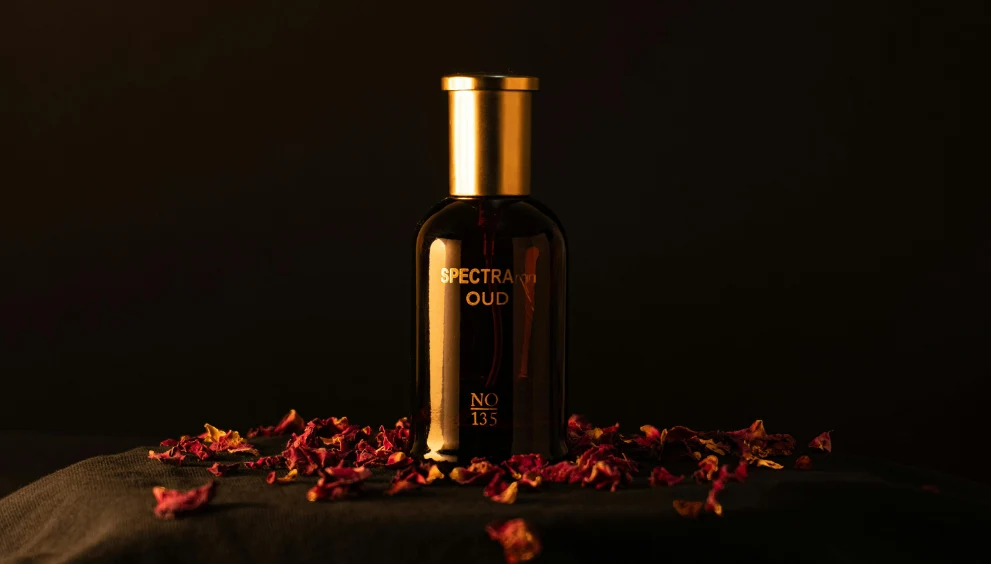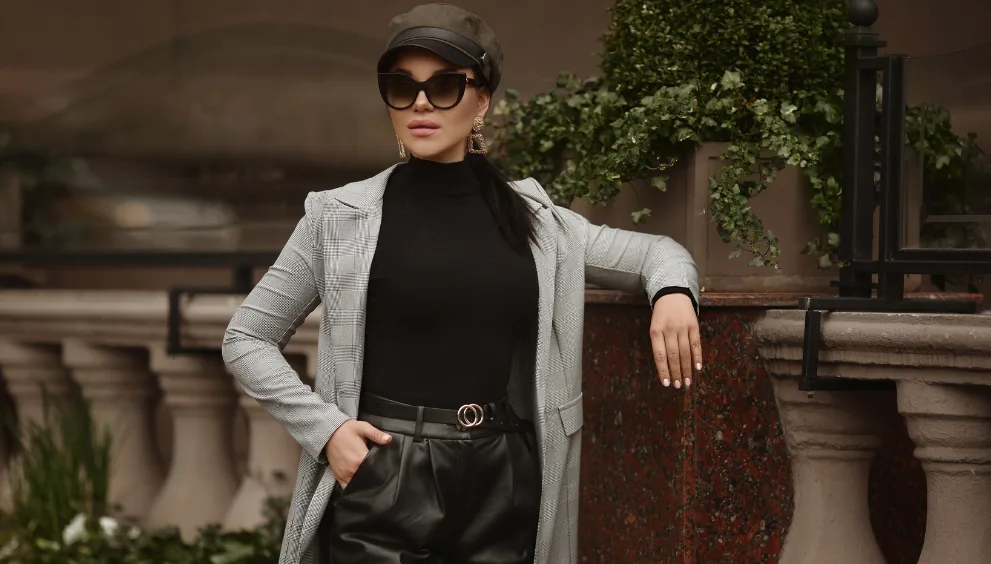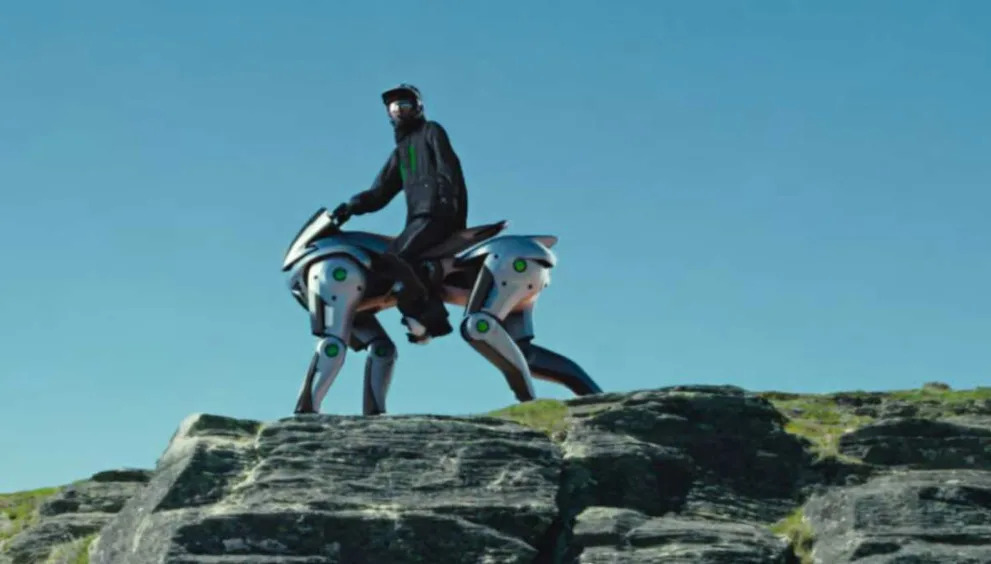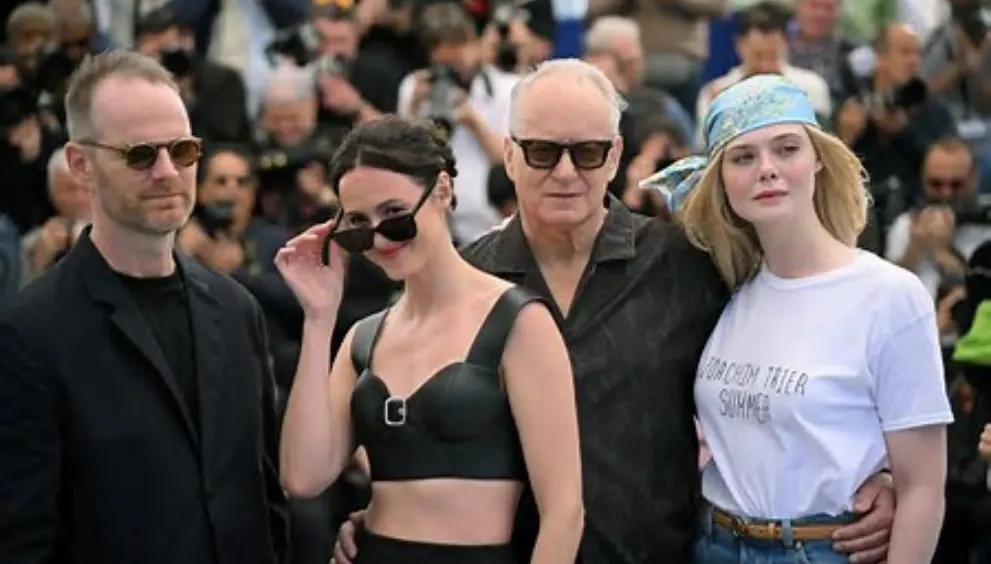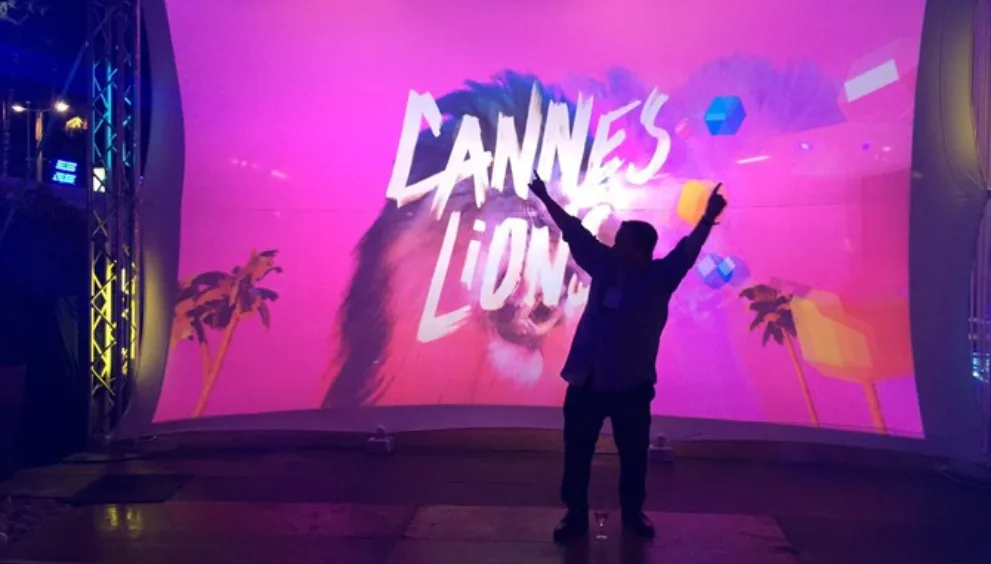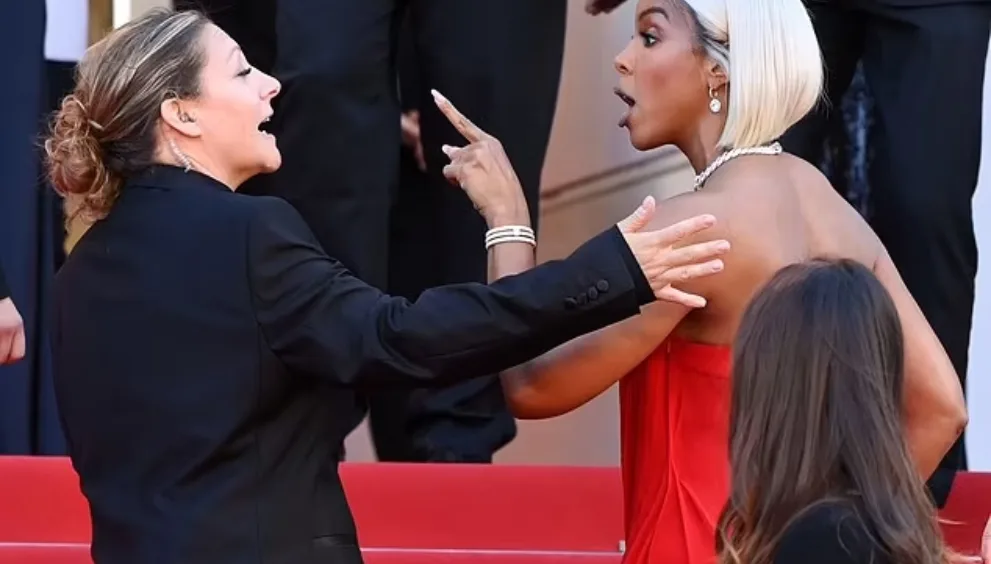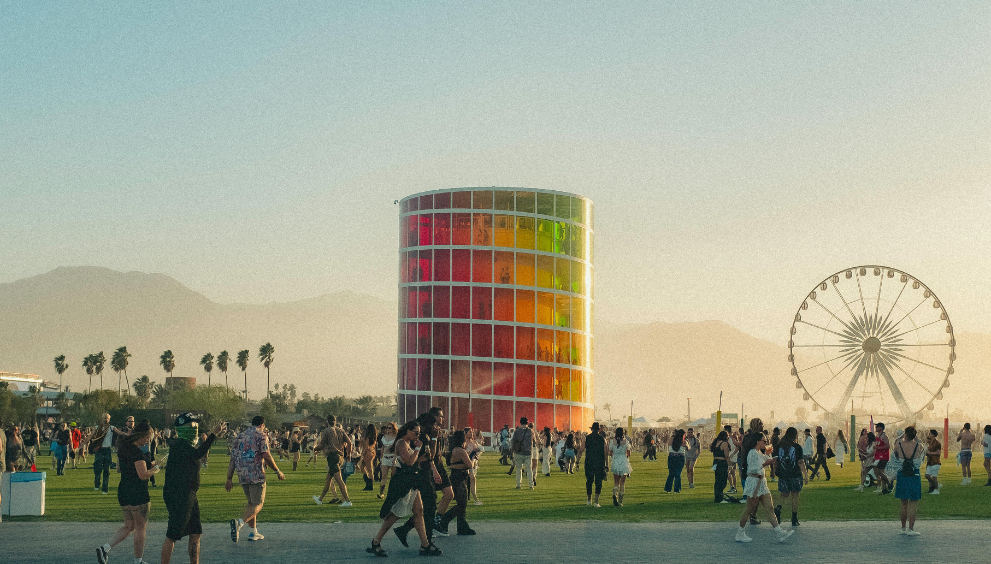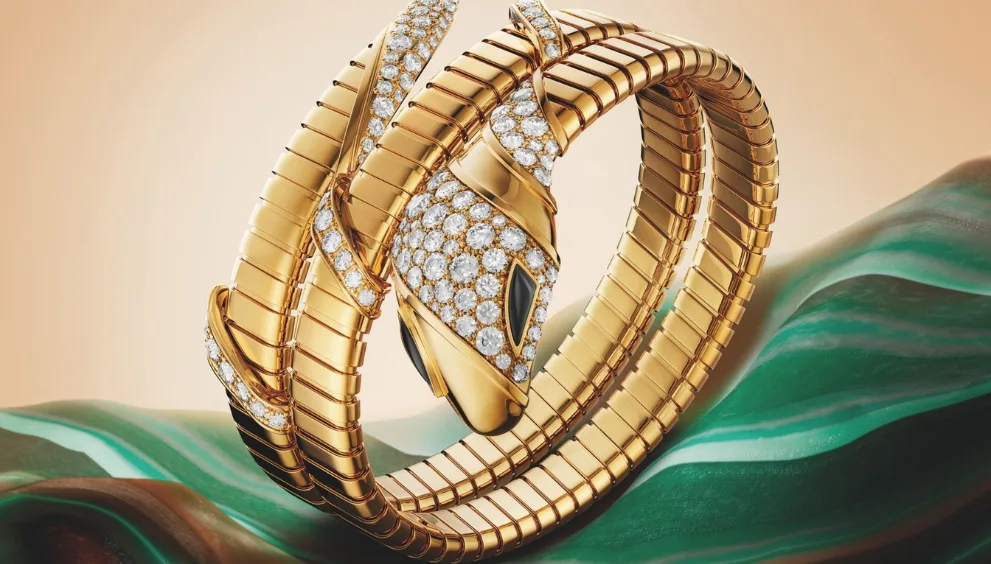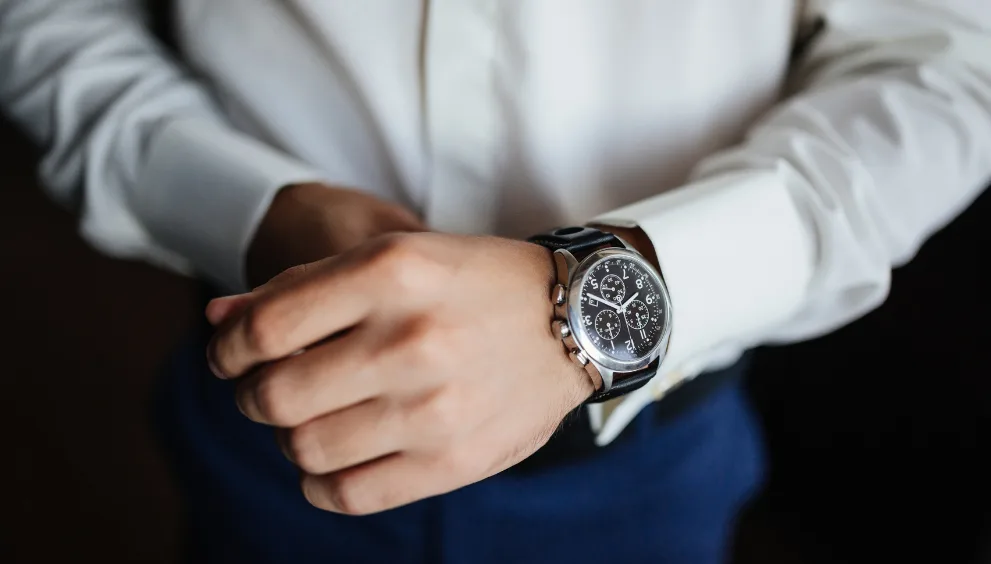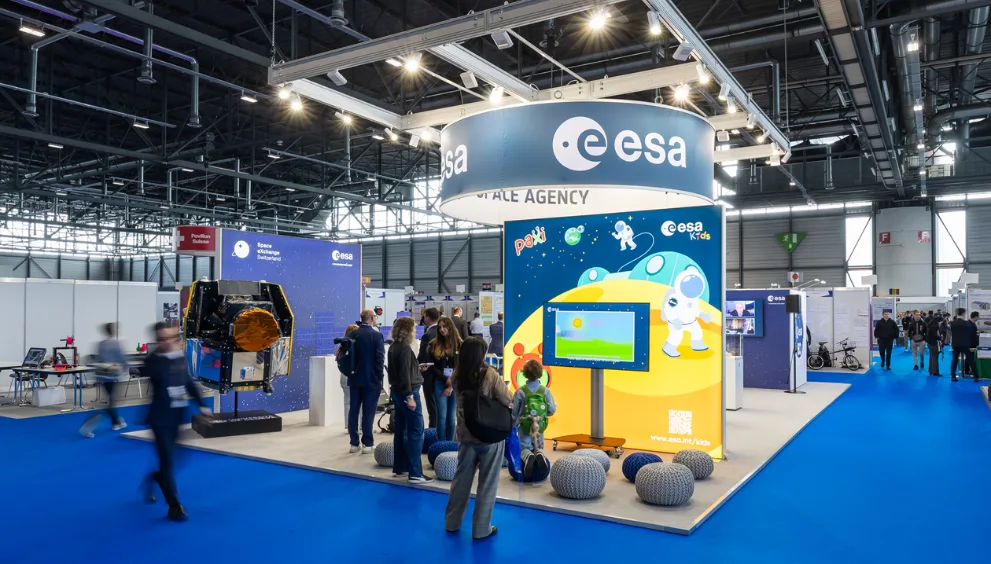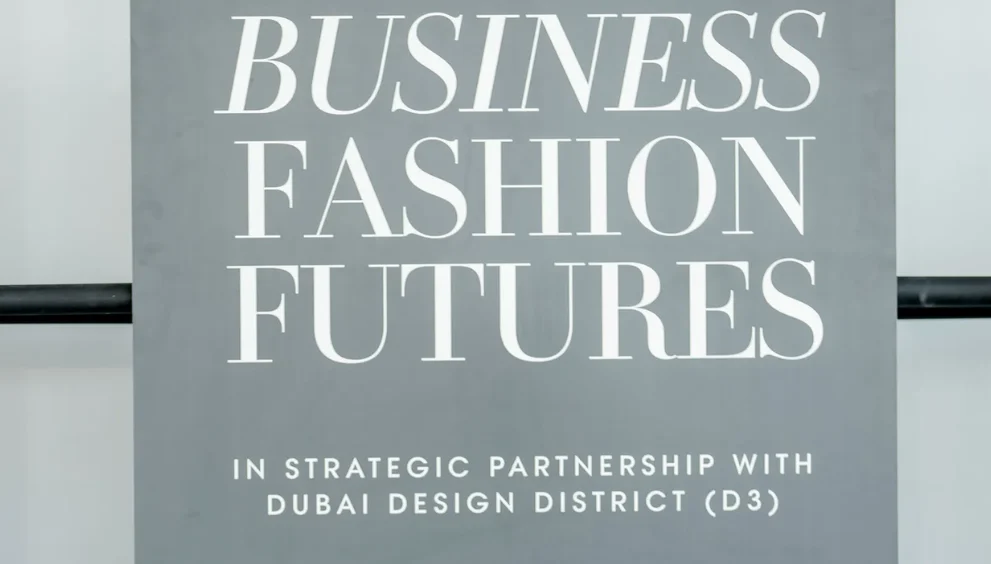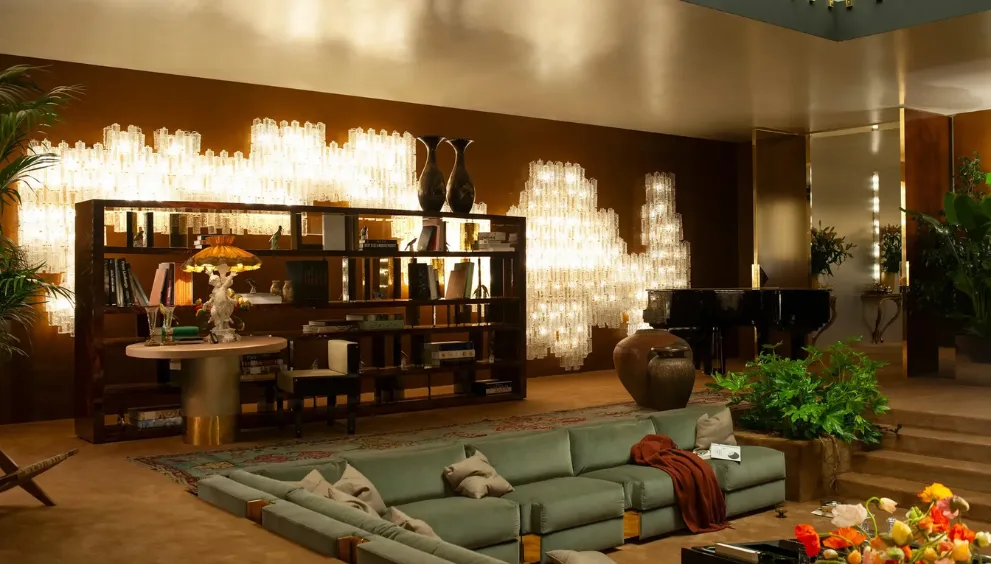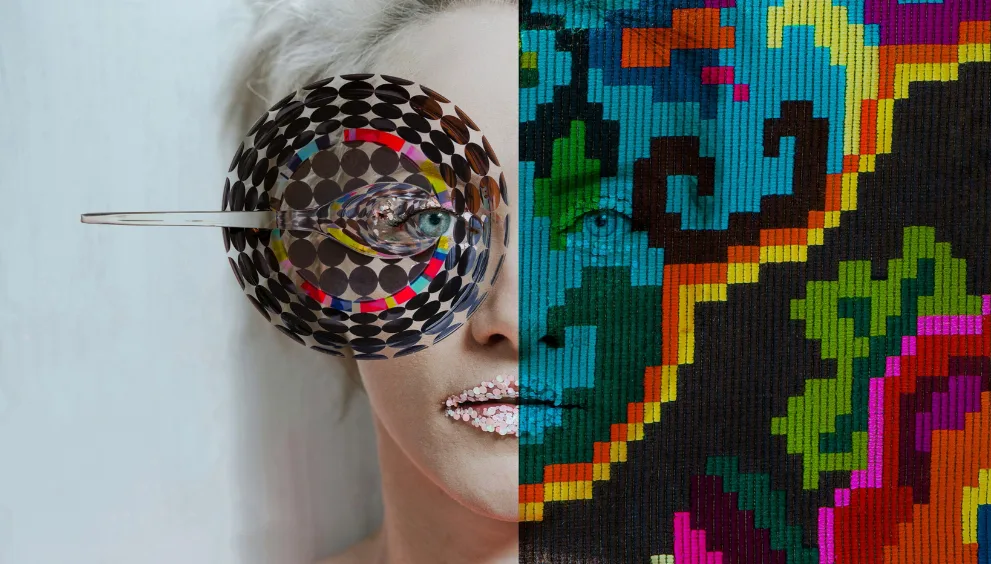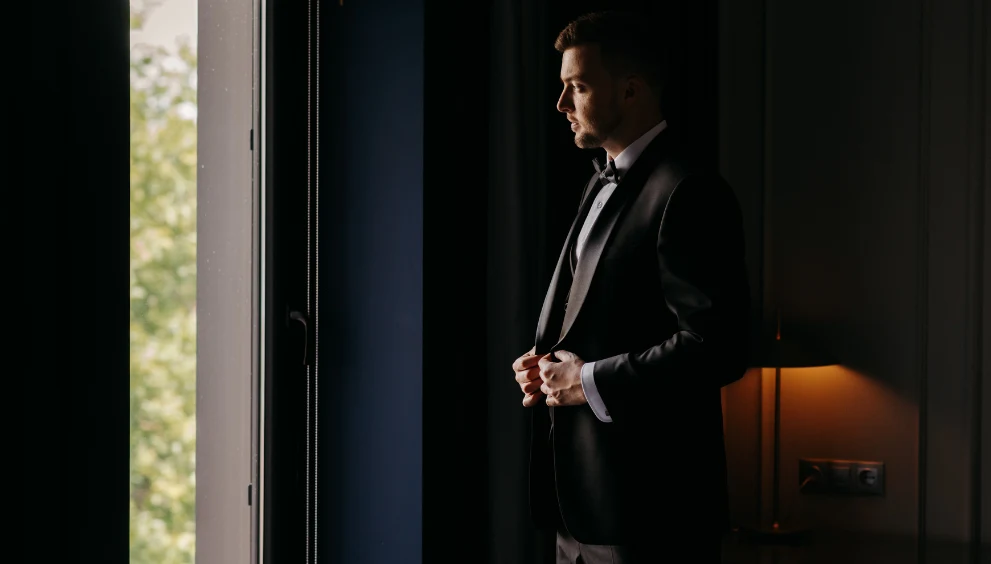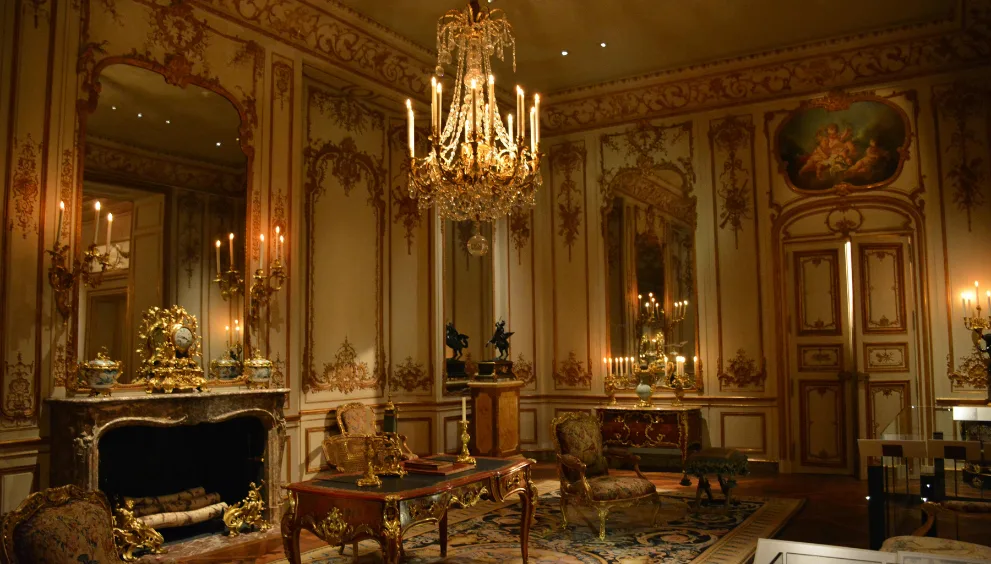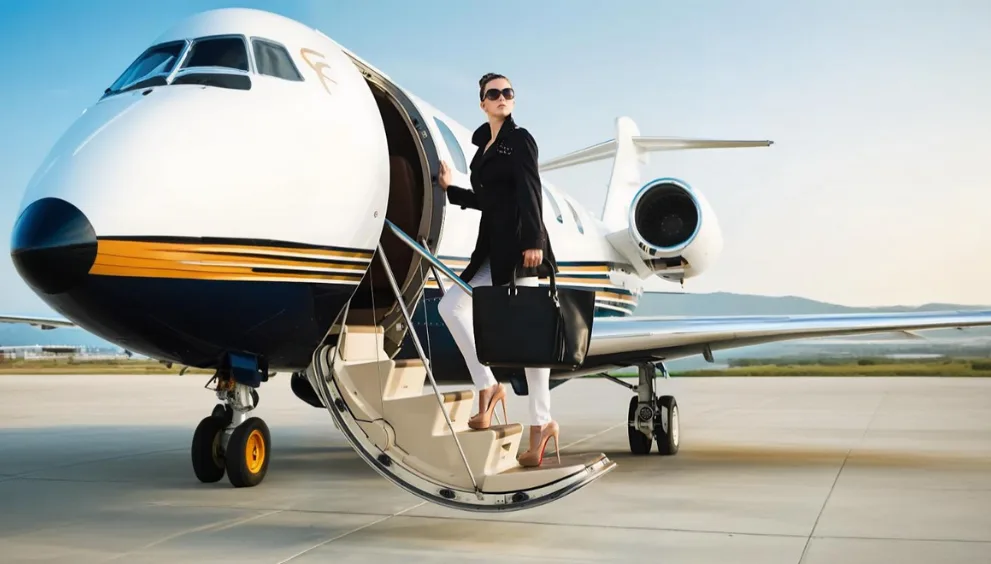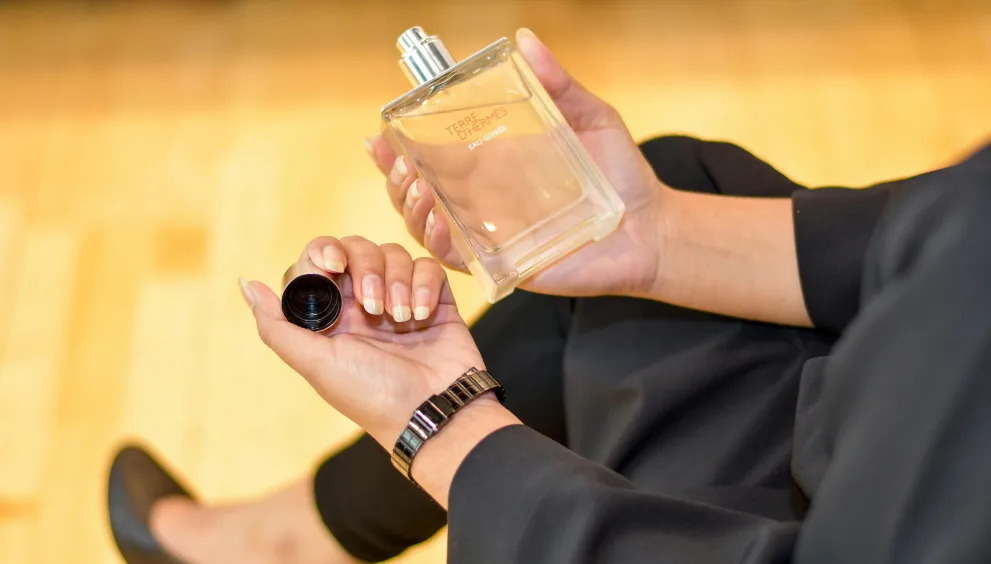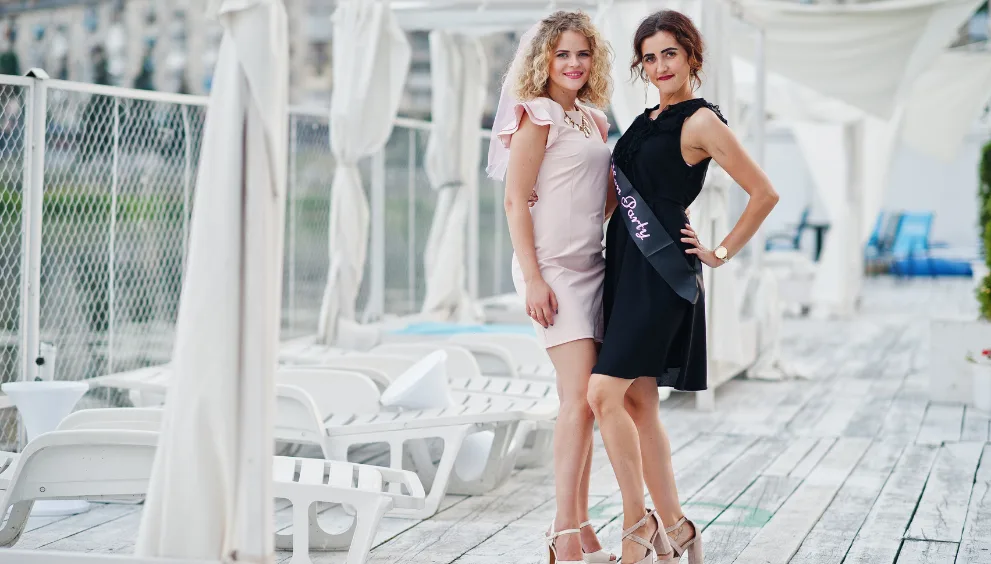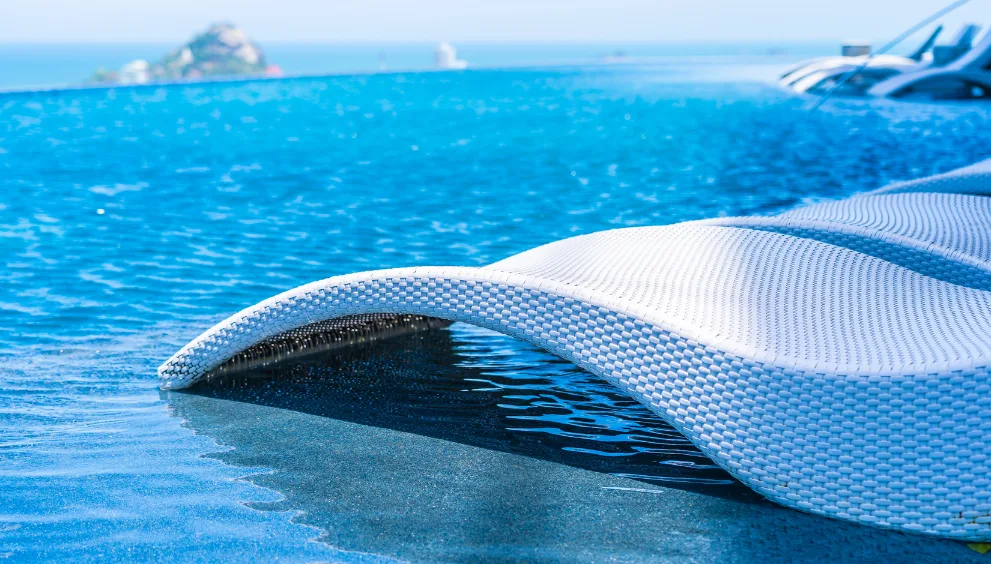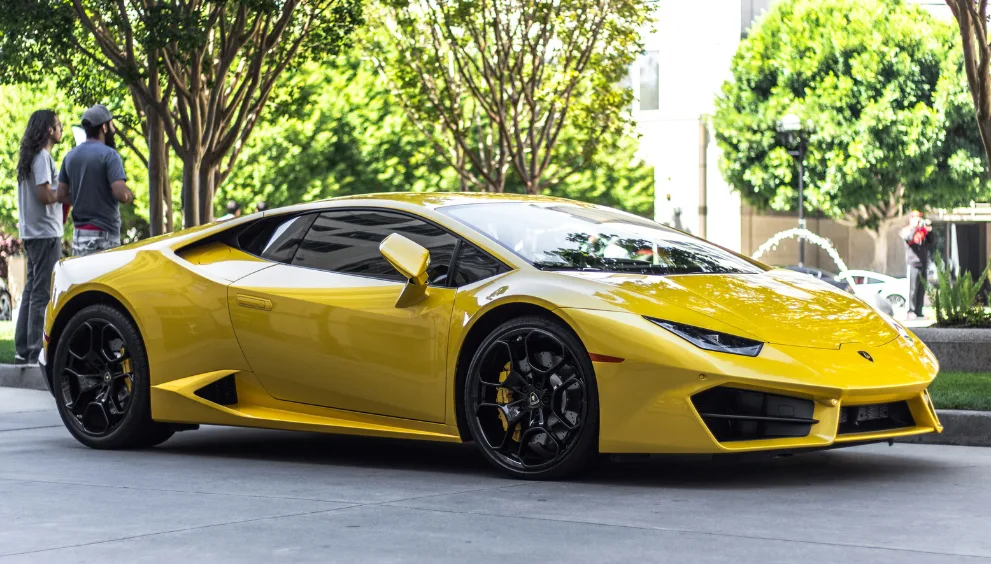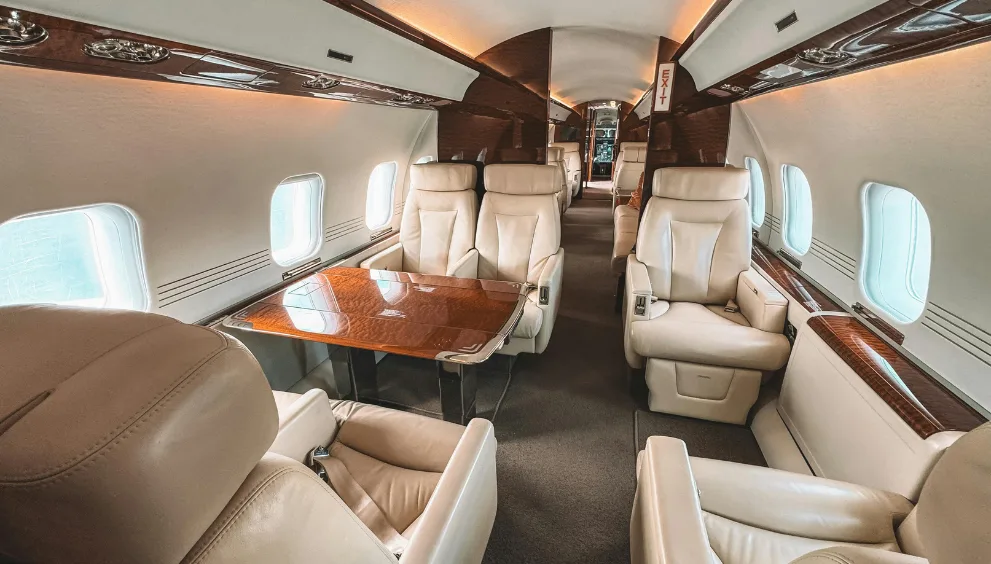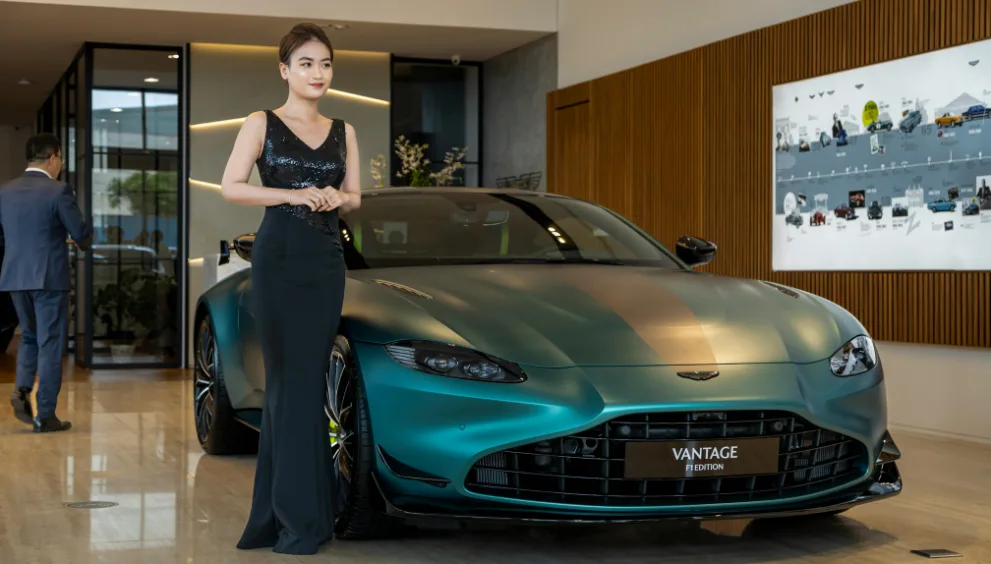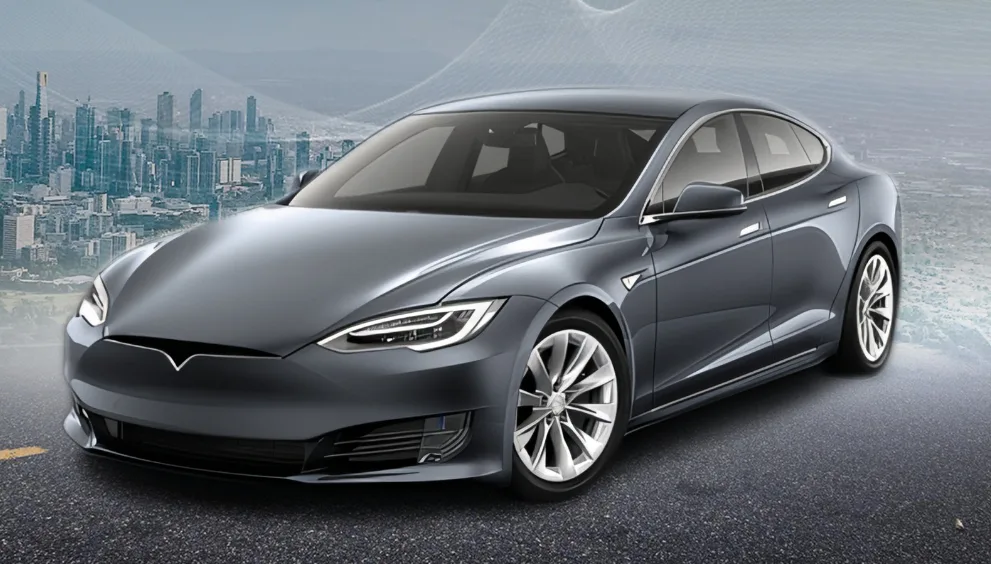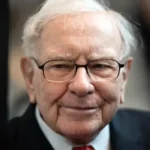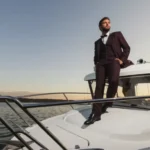
Jul

Not Your Average Launch: 5 Brand Activations That Redefined Exclusivity
-
Anshuman / 5 months

- July 14, 2025
- 0
- 6 min read
Image Source: Gucci
You know that feeling when nothing feels more urgent than owning that fancy bag or escaping to that exclusive staycation spot? It’s not just you. We have all been there. Whether it’s spotting a pop-up store or seeing your favorite influencer team up with a brand, that’s the magic of brand activation.
By the end of this post, you’ll not only know what brand activation means, but you’ll walk away with 5 game-changing examples—and maybe even ideas for how to channel that magic into your projects.
Brand Activations 101
In today’s world, brands are rising like never before. In this ocean full of brands, each one tries to stand out. While launching their unique products and services, brands try to reach their customers in numerous ways. Brand activation is part of it.
It is a marketing strategy to attract and engage customers to create brand awareness and redirect them towards sales.
It can be done through providing unique experiences and helping customers create a memorable connection with the brand, social media contests, virtual reality experiences, pop-up events, customer-led content, etc.
5 Brand Activations That Redefined Exclusivity
1. Blink by Black Tomato
Black Tomato is a luxury travel company that offers once-in-a-lifetime experiences to premium travelers.
Blink is an initiative by Black Tomato that creates personalized luxury, such as custom-built, temporary camps that are placed anywhere in the world for just one guest or group, then removed without a trace.
What was exclusive about it?
From furniture to food, all is curated just for you in any chosen location of your choice, be it in the middle of African deserts or the Atlantic. The best part is that no one else will ever stay in that exact setup again, making it an unrepeatable exclusivity.
Why it worked:
Everyone wants to be the only one to experience what others cannot, and Blink nailed that emotional storytelling by personalizing the needs of the ultra-wealthy travelers, giving them a pure taste of luxury. Also, these moments get attached to travelers forever, differentiating them from other travel companies.
2. Fendi – Runway on Rome’s Trevi Fountain
Fendi is a Roman luxury fashion house known for its strong Italian heritage, craftsmanship, and luxuriousness.
In 2016, Fendi hosted a jaw-dropping runway for their haute couture ‘on’ the Trevi Fountain in Rome. Yes, the model walked on water (on the glass runway, which excellently blended with the water).
What was exclusive about it?
The setting was the most iconic landmark of Rome, embracing heritage, art, and the city’s beauty globally. They went one step further to build a glass runway like never before. Moreover, it was part of the 90th anniversary celebration of Fendi, reinforcing its deep Roman roots.
Why it worked:
Celebrating your roots is one of the most luxurious ways possible. Breath-taking visuals of supermodels draped in elite couture on the water and the fountain in the background with Roman sculptures, nostalgia among many Romans, and staying true to the brand’s origin (Rome)—it all came together.
3. Gucci Garden
Gucci needs no introduction; it is one of the most iconic fashion houses in the world and is known for its Italian It effortlessly blends traditional and modern styles.
It was under the creative direction of fashion designer Alessandro Michele in the year 2018 that Gucci was transformed from the historic place of Palazzo della Mercanzia in Florence into the Gucci Garden.
What was exclusive about it?
It is part boutique, part museum, and part restaurant, along with a brand experience where visitors could explore curated exhibits, shop exclusive items, and even dine in a Gucci-themed café by Michelin-starred chef Massimo Bottura.
It offers Gucci Garden-exclusive pieces that have no online access or duplicates. The best part is a digital room where visitors saw their names Gucci-fied on a giant screen.
Why it worked:
Gucci Garden invited its fans and customers to be part of the brand. Visually stunning, highly shareable moments made Gucci feel like a universe, giving fans a sense of belonging. And it offered what others cannot, making it Gucci-exclusive.
4. Jacquemus – The Giant Pink Bag
Jacquemus is a French fashion brand by Simon Porte Jacquemus. The brand is known for its micro bags and dreamy Mediterranean vibes.
In the year 2022, Jacquemus launched a giant signature Bambino handbag that rolled on wheels on the streets of Paris. This Giant Pink Bag was a pop-up store where visitors could walk in and shop from the new collection.
What was exclusive about it?
A handbag so big you could step inside, grabbing attention immediately. They ditched traditional stores. The entire structure called out the brand name, from the candy-pink exterior to the clean and minimalist interiors.
Why it worked:
They made it relatable. It felt like something out of a childhood fantasy—stepping into your favorite accessory. It lit up social media without paid ads, and influencers and everyday fans couldn’t resist posing for it. Anyone could step in and feel part of the brand, even just for a moment.
5. Hôtel de Glace in Quebec
Hôtel de Glace is North America’s only hotel made entirely of ice and snow, located just outside Quebec City.
It is rebuilt every year from scratch and then allowed to melt in spring. It turns frozen fantasy into luxury hospitality.
What was exclusive about it?
The hotel is redesigned with a new theme each year, offering guests a chance to sleep on ice beds with thermal sleeping bags, they can sip cocktails in an ice bar, and explore ice-carved living and play rooms. From themed rooms to intricate ice art, it is the only one in the whole world.
Why it worked:
It encouraged that childlike feeling of stepping into another world. The sculpture is new every year, so the luxury you can’t experience twice in the same way keeps it buzzworthy. It’s only open for a few months each year, creating urgency.
Takeaway — Why You Should Care
Even if you’re not planning to launch a fashion brand or build an ice hotel anytime soon, there’s a reason these brand activations matter to you.
It gives lessons on storytelling in 4D, where every detail — the location, the texture, the scent in the air says something bigger about the brand.
The future of luxury brand activations consists of brands starting to use AI to create real-time experiences that shift based on your mood, preferences, pop-ups, and one-time activations from biodegradable structures to carbon-offset travel partnerships and a virtual brand dimension with AR, NFTs, and collectible digital art.
You can use it too. Ask yourself what I want people to feel when they interact with my work. Hosting a dinner party, designing a portfolio, or creating content can be borrowed from these ideas.
Whether you are a marketer, a creative, or a luxury lover, keep in mind that people do not want to be ‘sold to’; instead, they want to be invited into a story they feel something about. It all boils down to personalization, immersion, and emotional resonance.



